A huge chunk of my memory of growing up around music connects back to the record player that sat in the living room of my family home. The strongest of those memories center around the holidays, when Christmas music both classic and contemporary filled the house. Of all the Christmas records we had, my absolute favorite was Merry Snoopy Christmas. It was a somewhat strange LP, one that featured a mock British radio drama about Snoopy battling the Red Baron up until the Christmas truce of 1914 interspersed with story-related songs.
Many years later, I was ecstatic to find out that Merry Snoopy Christmas had come out on CD. Finally, I’d have the chance to own a copy of the album that would sound better and last longer than any record would. And yet, when I played it, something was wrong. All the hiss, the pops, the skips, and the scratches that had marred the copy I’d played so often as a child had, unbeknownst to me, become part of my memories. That imperfect experience was what I’d come to love, and even though what I had now should be better in every way, it wasn’t.
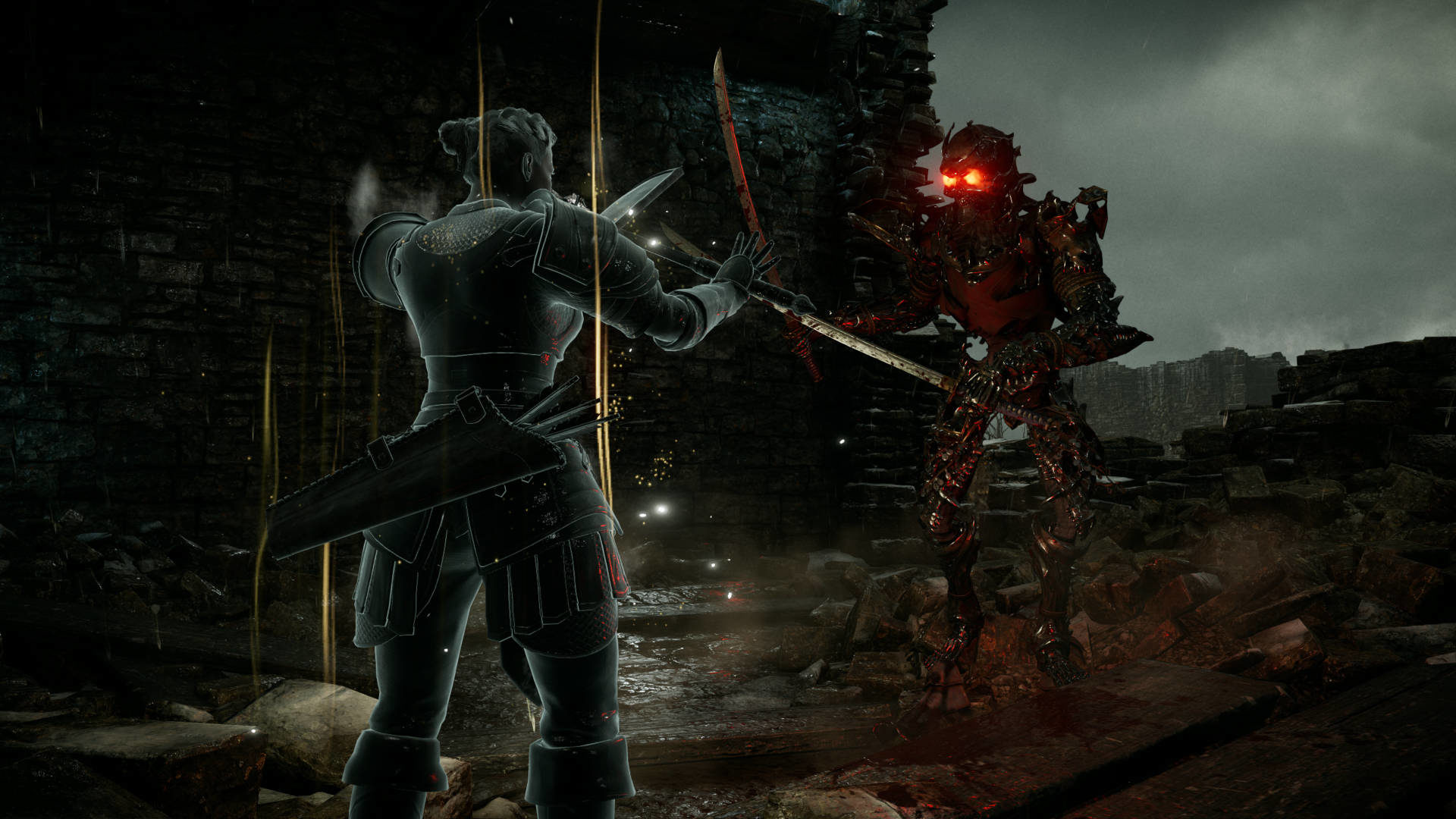
I tell you that story because for me, in a way, Demon’s Souls is Merry Snoopy Christmas. As much work as Sony and developer Bluepoint Games have put into the remastered PlayStation 5 version of the game, it’s not the “true” Demon’s Souls. Not because that original release was somehow damaged or defective like a record can be, but because the game was such a product of its time—both in terms of the gaming hardware that existed, and of FromSoftware’s output at that point in its existence. It was ugly. It was weird. It was unfriendly. It was cruel. And it was from a team still known for its history of obscure RPGs and not a series of games that would forever change the industry.
While any one of those faults could doom a lot of other projects, all those rough edges only served to make the original Demon’s Souls feel more special. It’s hard to appreciate at this point after we’ve had Dark Souls and Bloodborne and Sekiro and countless “Souls-likes,” but there had never been a game like Demon’s Souls—even when looking through FromSoftware’s back catalog. It was a quirky project from a studio that probably had no grand expectations for its success, and a game so hard to grasp that the American branch of Sony initially wanted nothing to do with it. And yet, all of the game’s pieces—no matter good, bad, or bizarre—fit together into a complete experience that remains special.
So no, this new Demon’s Souls remake is not the true Demon’s Souls, and of that I’m certain. It doesn’t have the grime, or the jank, or a character creator where every option simply provides different variants of “hideous human-like creature.” However, there’s now something else I’m certain of: It doesn’t need to be, nor shouldn’t be, the true Demon’s Souls.
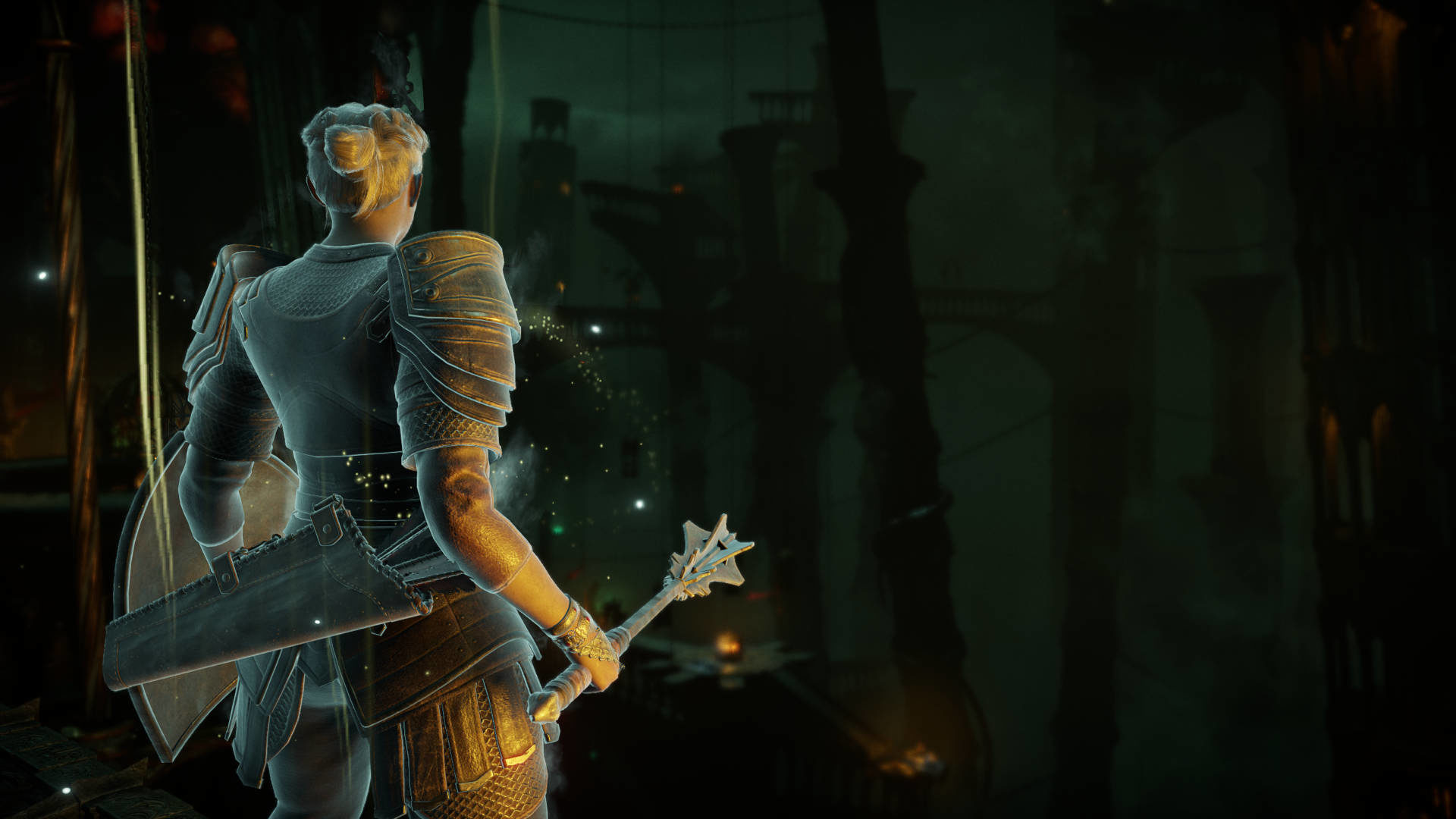
I’m very protective of the original Dark Souls. To me, it was a game that begged for some technical improvements, and maybe some higher resolution textures, but that was basically it. Revisiting Demon’s Souls on PS3, on the other hand, has left me in a very different place. The game worked as brilliantly as it did because of what it was at the time, and its technical and gameplay flaws paled in comparison to the impact it had. But it’s also a game that could only have existed in that form at that point, and I’ve come to accept that many of those flaws are now considered unacceptable. Demon’s Souls was the first leg in what will hopefully be a long journey, and it should feel no shame for taking those first awkward steps.
There was a part of me that so desperately wanted to see fault in what Bluepoint has put together in this remake, but I can’t. Once I was able to tear myself away from the clutches of nostalgia and give this game a fair chance, there’s now no doubt in my mind: This might not be the most authentic way to play Demon’s Souls, but it’s the better way. What Bluepoint has done is not defile the original, but instead create a visual, audial, and gameplay experience that finally shows off the brilliance of FromSoftware’s black sheep of the Souls family in the way it’s always deserved.
And that, more than anything, is what I’ve come away from Demon’s Souls’ PlayStation 5 incarnation appreciating. Having not played the original in nearly 11 years, I’d forgotten just how exciting and engrossing this game is. Yes, it’s the early seedlings of a lot of concepts that wouldn’t fully blossom until later, but there’s still so many fantastic moments and gameplay ideas on display here. Unlike later games, Demon’s Souls’ compartmentalized locations take on more of an old-school “stages” feel, as you make linear progression through increasingly difficult world segments that each cap off with a boss. Mixing more traditional elements like those with radical ideas such as a points system (souls) that acts both as currency and XP for levelling your character, and the penalty of dropping all those points whenever you die—and then losing them completely if they aren’t retrieved before dying again—produced a game that was as happy to break genre rules as it was gameplay conventions.
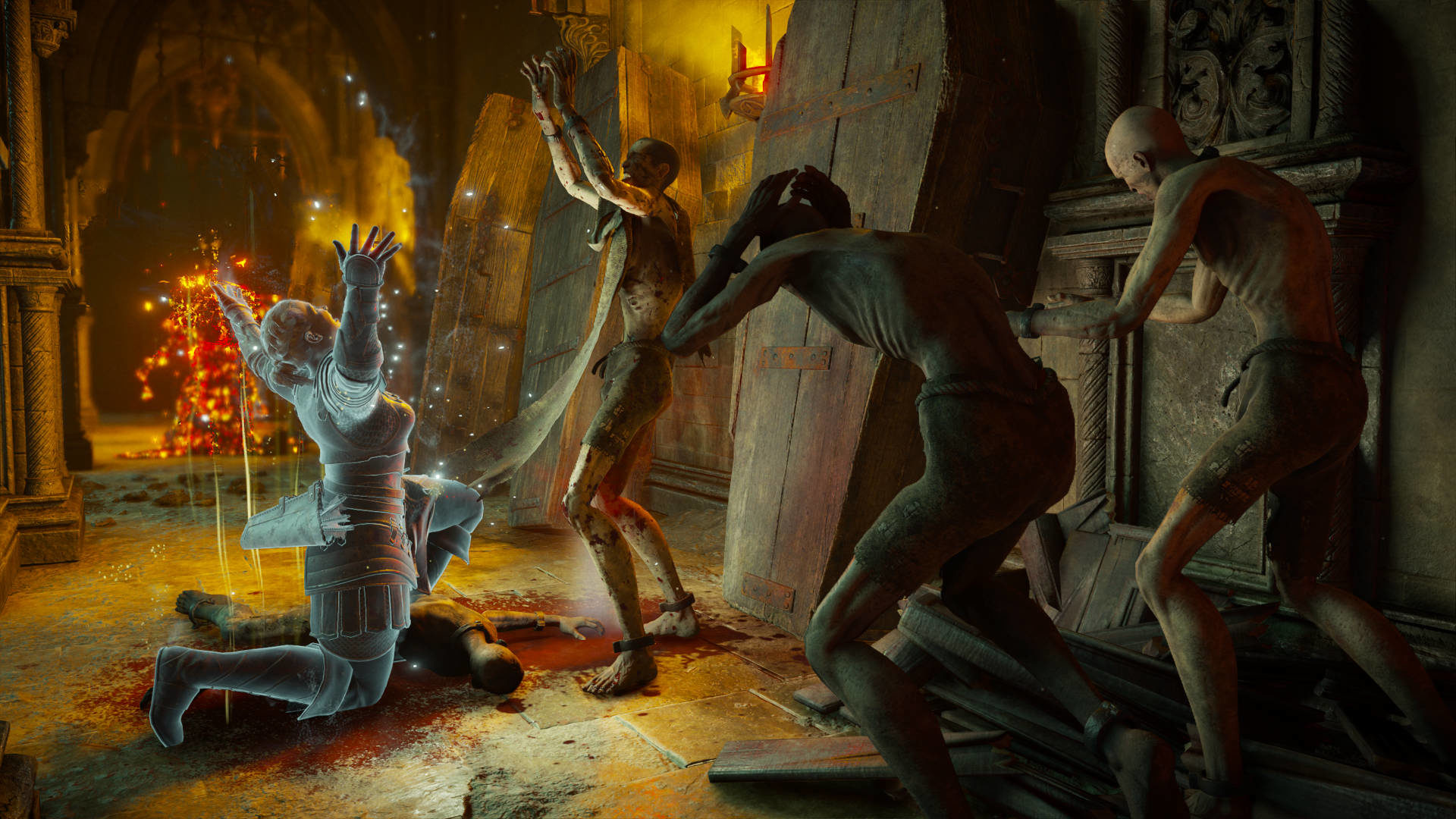
Even the aspects of Demon’s Souls that didn’t work out in the long run are still fascinating. In developing the game, FromSoftware came up with the idea of “world tendency.” Both the game’s five main locations, and the main character themselves, can swing between neutral, white (good), and black (evil) tendencies depending on the actions of the player. In theory, it’s an interesting solution for adding more depth to a game that is relatively small in size. In practice, it’s a system that was often too obscure, obtuse, or punishing for a lot of players. If you die while in human form, for example, not only will you then suffer the penalty of less maximum HP while in soul form, but the tendency of the world you died in turns darker. The darker the tendency, the more damage enemies do, the more often deadlier foes will appear, and the lower your highest potential HP drops. So, whereas dying multiple times in other games might bring up options to make the game easier, Demon’s Souls rewards your repeated failure by making itself even harder. I completely understand why FromSoftware dropped the concept of world tendency for future games. Experiencing the system again, though, it legitimately was a unique twist for a game already chock full of uniqueness. Demon’s Souls does seem like a bastard child in a lot of ways compared to its siblings, but that also leaves it feeling like something special at a point when, admittedly, those siblings have started to feel a little same-y.
I cannot understate the boost the remaster gives to appreciating all that creativity and charm Demon’s Souls features—and there’s no aspect of that effort you’ll recognize quicker than the visuals. I know you’ve probably heard this countless times by now, but this game is stunningly beautiful. It’s easy to get lost in Bluepoint’s recreation of Boletaria, and I spent many hours exploring around to take in the scenery, or stopping to make use of the game’s photo mode (which is a very welcome addition). It’s hard for me to tell you if Demon’s Souls does or does not look “next generation,” but I can tell you that I’ve seen no game running on either new console that has impressed me as much graphically as this has. I’ve gone back and forth on the argument over if the remaster’s detailed, polished world design potentially ruins the simpler, more atmospheric nature of FromSoftware’s original work, and the answer I’ve come to is: I don’t know, and I don’t know if we should care. Every location now comes to life in ways I never could have imagined, and that coming at the expense of some of the artistry of the old Demon’s Souls—if that’s even something that’s happened—is an acceptable trade-off.
Audio is where I, and some other longtime fans, may have more complaints. There’s nothing about the remake that is outright disappointing in that regard, but it’s definitely different. The soundtrack is now more booming and bombastic, but the essence of Shunsuke Kida’s original score is still there (and Kida himself seems pleased with the new takes on his work). For me, it’s the voices where I’d say we’ve lost something. Again, they’re not bad—they’re great, and I was very happy to see a number of the old voice actors reprising their roles. It’s just, one of the charming parts of Demon’s Souls on the PS3 was how “off” a lot of the voice acting felt at times, which added to the idea that nothing in this world was ever quite right. And even with Evetta Muradasilova back as the beloved Maiden in Black, there’s something too polished and perfected about her work here. When her voice lines have become as iconic as they’ve become, even the slightest changes can feel wrong.
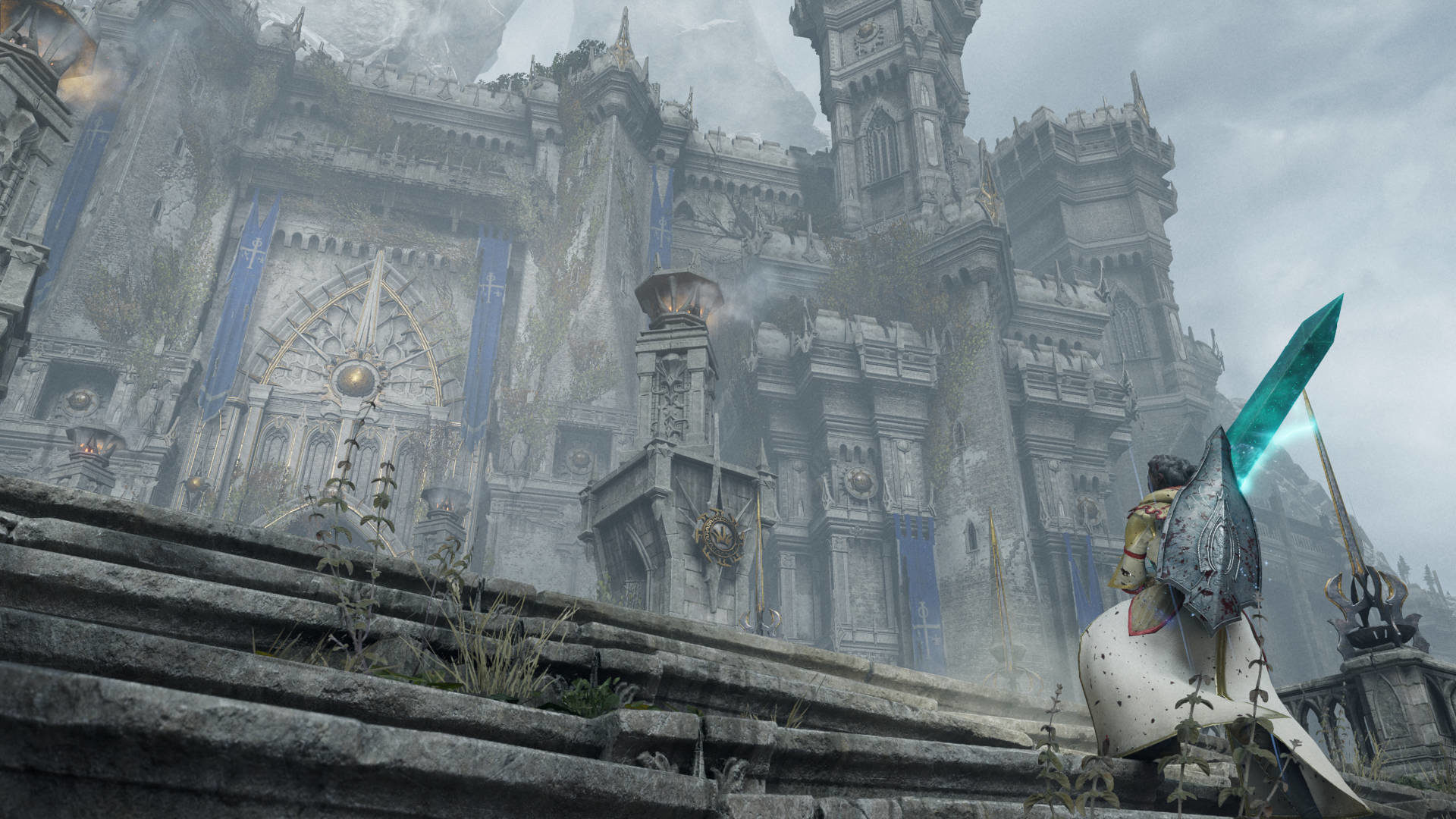
While Bluepoint’s visual and aural work is top notch, there’s no single point at which this remaster better presents the Demon’s Souls experience than in its gameplay. Yes, there are still areas that may feel outdated or awkward due to later improvements in the Souls games (and in gaming period). What changes we do get, however, are small yet significant. It’s easy to forget that item encumbrance was still a concern at this point in the series. Now, thankfully, you can send items back to your storage in the Nexus (the game’s hub world) from wherever you are without having to make the trek back to deposit them directly. The Archstones that act as starting points for each world’s sections now allow for teleportation not only between each other, but all Archstones you’ve unlocked throughout the game’s five worlds. Rolling is now possible in eight directions (versus the original four), and Bluepoint has put a large amount of effort into reworking the attack animations for each weapon class while keeping the intended flow of every swing or stab.
It’s two bigger changes—both which come thanks to the PlayStation 5 itself—that have a profound effect on Demon’s Souls even beyond what I expected. The near instantaneous load times completely changed how I played, as the brutal loading back on the PS3 would often keep me from returning to the Nexus to manage my character, or from dropping into another world area for a quick trip to a merchant or search for a missing item. Now, I can play the way I always wanted to. The other massive improvement here is the ability to toggle between Cinematic (lower framerate, higher resolution and detail) or Performance (higher framerate, lower resolution and detail) modes. All you need to know is this: Turn on Performance mode and don’t ever look back. While Cinematic feels similar to previous Souls games and looks prettier while doing so, it’s like you’re playing in slow motion compared to the silky smooth 60 frames per second of Performance mode. Every time I tried to make the switch for the benefit of this review, I only lasted a few minutes before I had to switch back.
However you play—no matter which mode you use, your character build, your favorite weapon, your preference for white or black character tendency, or whatever other choices you make—Bluepoint Games’ Demon’s Souls remake has a world of amazing gameplay and fantastic experiences waiting for you if you’re brave enough to make the trip. Eleven years ago, it was clear that the team at FromSoftware had created something special. Now, we’ve received a stellar reminder of how engrossing, engaging, and relevant that project indeed was and still is. It’s hard to say that Demon’s Souls is the best launch game for the PlayStation 5, because this will absolutely not be a game for everyone. For me, though, this is far and away the best start to the new console generation that I could have hoped for.
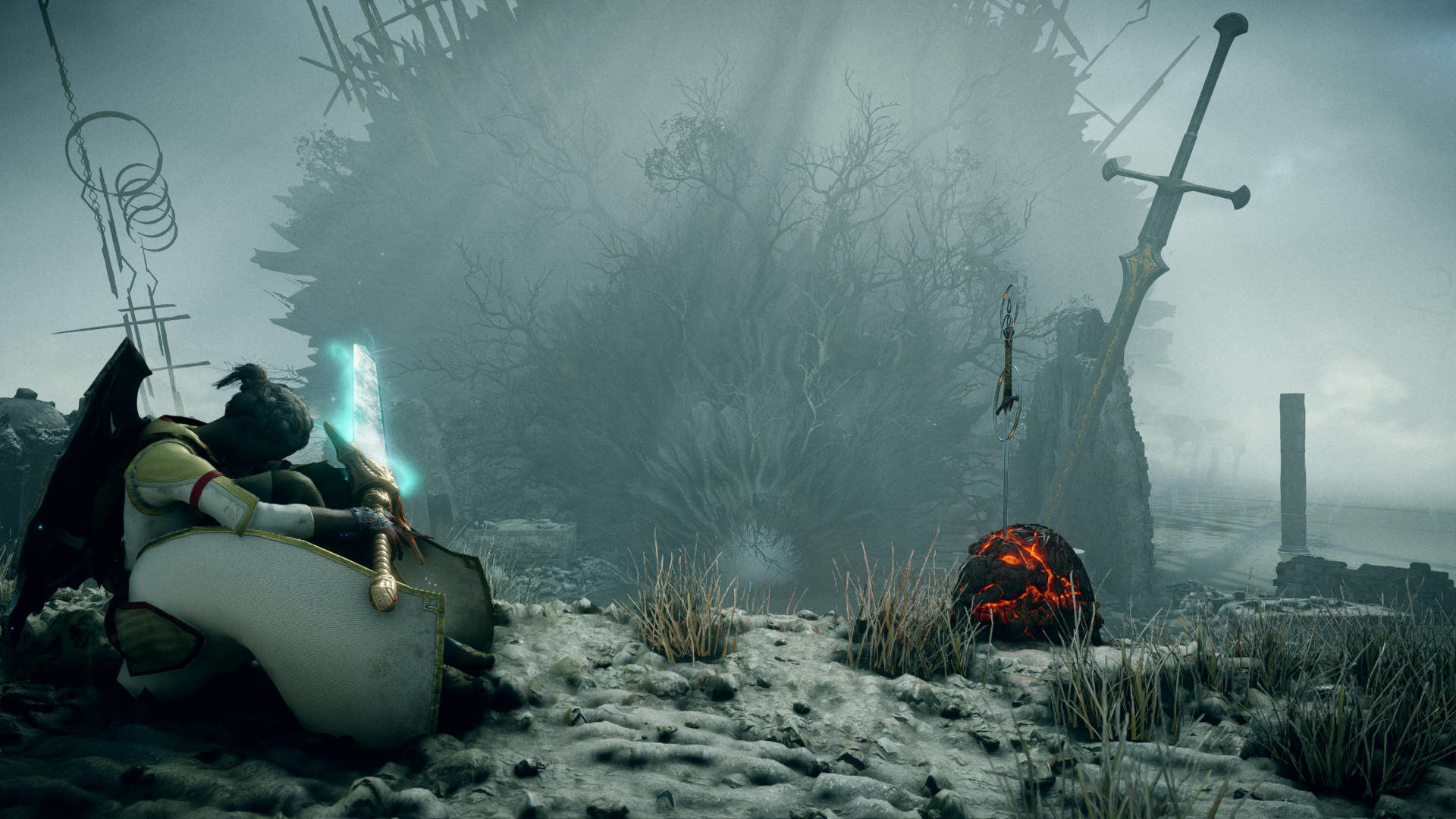
|
★★★★★
While the idea of a Western studio completely reworking what is arguably FromSoftware’s most important title ever was initially worrying for many fans, what Bluepoint Games has accomplished with Demon’s Souls is something special. This is a game that honors its origins without being afraid to also modernize them, and though it might not offer enough modernization for some, this is probably the best balance between keeping what works and upgrading what didn’t that we could have gotten. |
Developer Bluepoint Games Publisher Sony Interactive Entertainment ESRB M - Mature Release Date 11/12/2020 |
| Demon's Souls is available on PlayStation 5. Primary version played was for PS5. Product was provided by Sony Interactive Entertainment for the benefit of this coverage. EGM reviews on a scale of one to five stars. | |

Mollie got her start in games media via the crazy world of gaming fanzines, and now works at EGM with the goal of covering all of the weird Japanese and niche releases that nobody else on staff cares about. She’s active in the gaming community on a personal level, and an outspoken voice on topics such as equality in gaming, consumer rights, and good UI. Check her out on Bluesky and Mastodon.